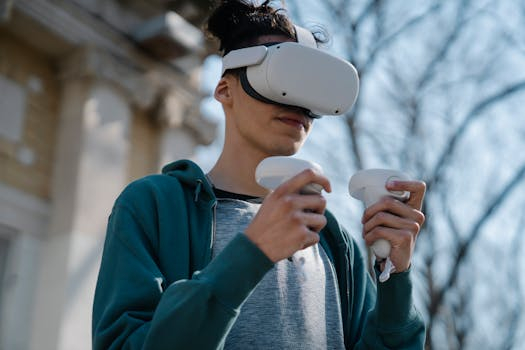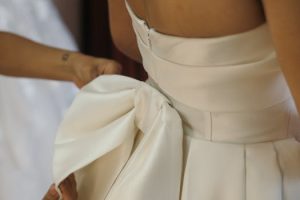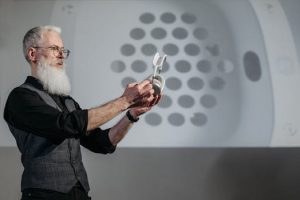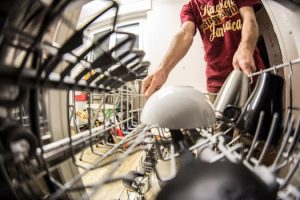How Virtual Reality Enhances Fashion Experiences
The fashion industry has always been on the cutting edge of innovation, constantly pushing the boundaries of creativity and technology. One of the latest and most exciting developments in this industry is the use of virtual reality (VR) to enhance fashion experiences. From virtual fashion shows to virtual try-on sessions, VR is revolutionizing the way fashion is consumed and experienced. In this article, we will explore how virtual reality is changing the game for the fashion industry and why it is here to stay.
The Rise of Virtual Reality in Fashion
Virtual reality has been gaining traction in various industries, and fashion is no exception. With the introduction of devices such as Oculus Rift and HTC Vive, VR has become more accessible and affordable for businesses. This has opened up a whole new world of possibilities for the fashion industry, from creating virtual fashion shows to enabling customers to try on clothes without ever stepping foot in a store.
Virtual Fashion Shows: A Game-Changer
Gone are the days when fashion shows were only limited to a chosen few in the front row. With VR, designers can now showcase their creations to a much wider audience. Virtual fashion shows allow for a fully immersive experience, with viewers feeling as though they are sitting front row at the event. This not only increases the reach of the show but also creates a more inclusive and interactive experience for the audience.
Moreover, virtual fashion shows eliminate the logistical challenges of traditional fashion shows, such as securing a venue, coordinating models and makeup artists, and dealing with the press. This makes it easier for designers, especially emerging ones, to showcase their collections and gain exposure.
Virtual Try-On: A Shopper’s Dream
One of the biggest challenges of online shopping is not being able to try on clothes before making a purchase. This can be especially frustrating when it comes to items like jeans or dresses, where the fit is crucial. With virtual try-on, customers can now see how an outfit looks on them without having to physically try it on.
Virtual try-on works by using a combination of VR and body scanning technology. Customers can create a 3D avatar of themselves and virtually try on different sizes and styles of clothing. This not only provides a more accurate representation of how the clothes will look, but it also saves time and effort for both the customer and the retailer.
The Benefits of VR for Fashion
Creating Immersive Experiences
One of the main advantages of VR for the fashion industry is its ability to create immersive experiences for customers. Whether it is a virtual fashion show or a virtual try-on session, VR allows customers to engage with the brand and the products in a more meaningful way. By creating a sense of presence, VR allows customers to feel as though they are physically in the store or at the fashion show, making the experience more personal and memorable.
Increasing Engagement and Conversion Rates
With VR, brands can capture the attention of potential customers in a way that traditional methods cannot. Virtual fashion shows, for example, can be live-streamed on various platforms, making it easier to reach a wider audience and create buzz around the brand. Moreover, virtual try-on can increase customer engagement and conversion rates, as customers are more likely to make a purchase when they can see how the clothes will look on them.
Cutting Costs and Saving Time
For fashion brands, VR can be a cost-effective solution for creating and promoting their collections. Virtual fashion shows eliminate the need for expensive venues and logistical planning, while virtual try-on can reduce the costs associated with managing physical stores. Furthermore, with virtual try-on, customers no longer have to spend time trying on multiple sizes to find the perfect fit, which can be time-consuming and frustrating.
The Future of Fashion is Virtual
As VR technology continues to advance, we can expect to see even more innovative uses of it in the fashion industry. It will not be long before virtual try-on becomes the norm, and virtual fashion shows become a staple in the fashion calendar. Additionally, as VR becomes more accessible and affordable, we can expect to see more brands, big and small, incorporating virtual reality into their marketing strategies.
In conclusion, virtual reality is revolutionizing the way fashion is experienced and consumed. From creating immersive experiences to increasing customer engagement and cutting costs, the benefits of VR for the fashion industry are undeniable. As we continue to push the boundaries of technology, virtual reality will undoubtedly play a significant role in shaping the future of fashion.









